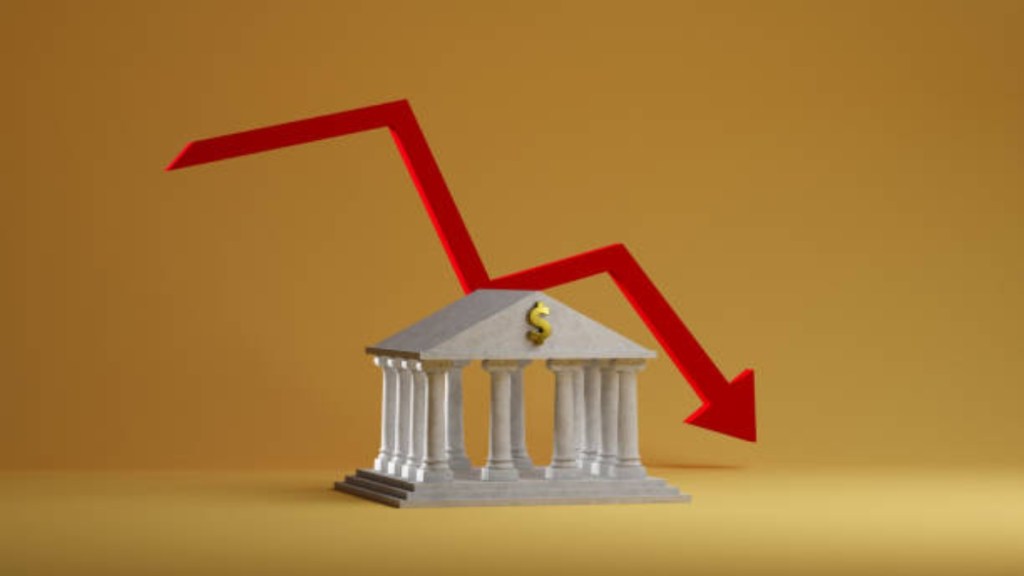Multiple economic indicators have in recent months shown a marked decline, denting the optimism that existed about the short-term economic trajectory. It looks increasingly convincing now that the underlying momentum of economy activity, given the unhelpful external world, is not sufficient to maintain the recent trend growth, let alone accelerate it.
Despite the first-quarter GDP growth coming in at 6.7%, a lower rate than in the previous four quarters, and a sizeable 1.4 percentage points less than the year-ago quarter, it did not look much disconcerting. This was because itemised data on the expenditure side showed a couple of bright spots — a “rebounding” of private consumption that had witnessed a severe slowdown in the post-pandemic period, and a creditable investment rate (fixed capital formation), despite a slowing of government capex.
The tempo was largely seen to sustain itself. Reserve Bank of India (RBI) Governor Shaktikanta Das, in his statement following the October 2024 monetary policy review, said that “prospects of private consumption, the mainstay of aggregate demand, look bright on the back of improved agricultural outlook and rural demand”. However, assorted high-frequency data now fly in the face of the assumption that consumption demand is strong, and that it is helped by a “turnaround” in rural demand, and “sustained” urban demand.
To be sure, export of merchandise declined 3.76% in Q1, on a favourable base (-3.18%), sales of commercial vehicles and tractors fell on year in H1FY25 by 0.7% and 8.8% respectively, while passenger vehicles sales were almost flat (1.1%). Non-food credit grew 13.6% in August 2024, compared with nearly 20% in the corresponding months in the previous two years. Index of industrial production (IIP) grew just 4.13% in April-August this fiscal, compared with 6.74% and 7.74% respectively in the corresponding periods of FY24 and FY23.
In fact, IIP-consumer goods sub-index grew at an even slower rate of 2.3% in April-August 2024, reflecting a subdued demand scenario. Among core sectors, growth in coal off-take was in the negative zone in the three months to September, and so were fertiliser sales.
Electricity generation fell in both August and September, and cement production remained flat or negative for the past few months. Even industrial capacity utilisation, a modest improvement in which in recent quarters was what optimists have betted on as sign of a new investment cycle taking shape, declined marginally to 74% in Q1FY25, falling off the 44-quarter peak of 76.8% reported in the previous quarter.
That was inevitable as the inventory-sales ratio inched up.
Among the growth impulses expected are the favourable agricultural crop outlook with improving prospects of kharif and rabi output, renewed pace of public capex, especially the Centre’s budgetary spending, and a modest pick-up in exports if the external situation doesn’t turn much for the worse. Even as growth worries rise, the RBI is caught in a cleft stick, as is evident from Das’s recent statement that cutting the policy rate could be “very premature” and “risky” at this point. The RBI is right in its steadfast commitment to aligning inflation with the target.
In any case, that the headline inflation trajectory, as projected by the central bank, would sequentially moderate in Q4 cannot be taken for granted. The robust bottom lines of banks and large corporates can’t give impetus to the economy, when the demand side is weak. Polices must be formulated and implemented expeditiously to boost household income and purchasing capacity, and achieve wholesome productivity gains.

